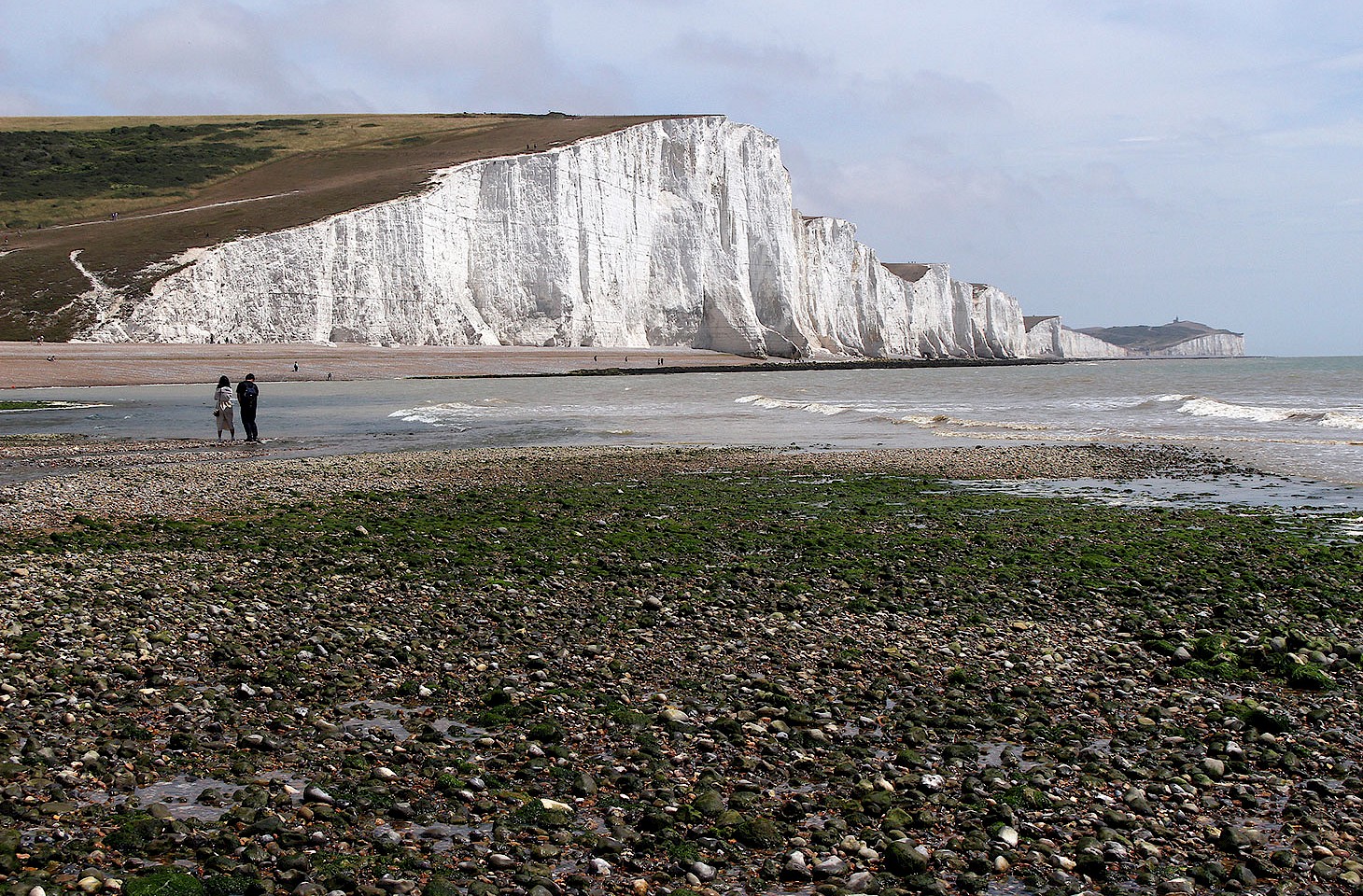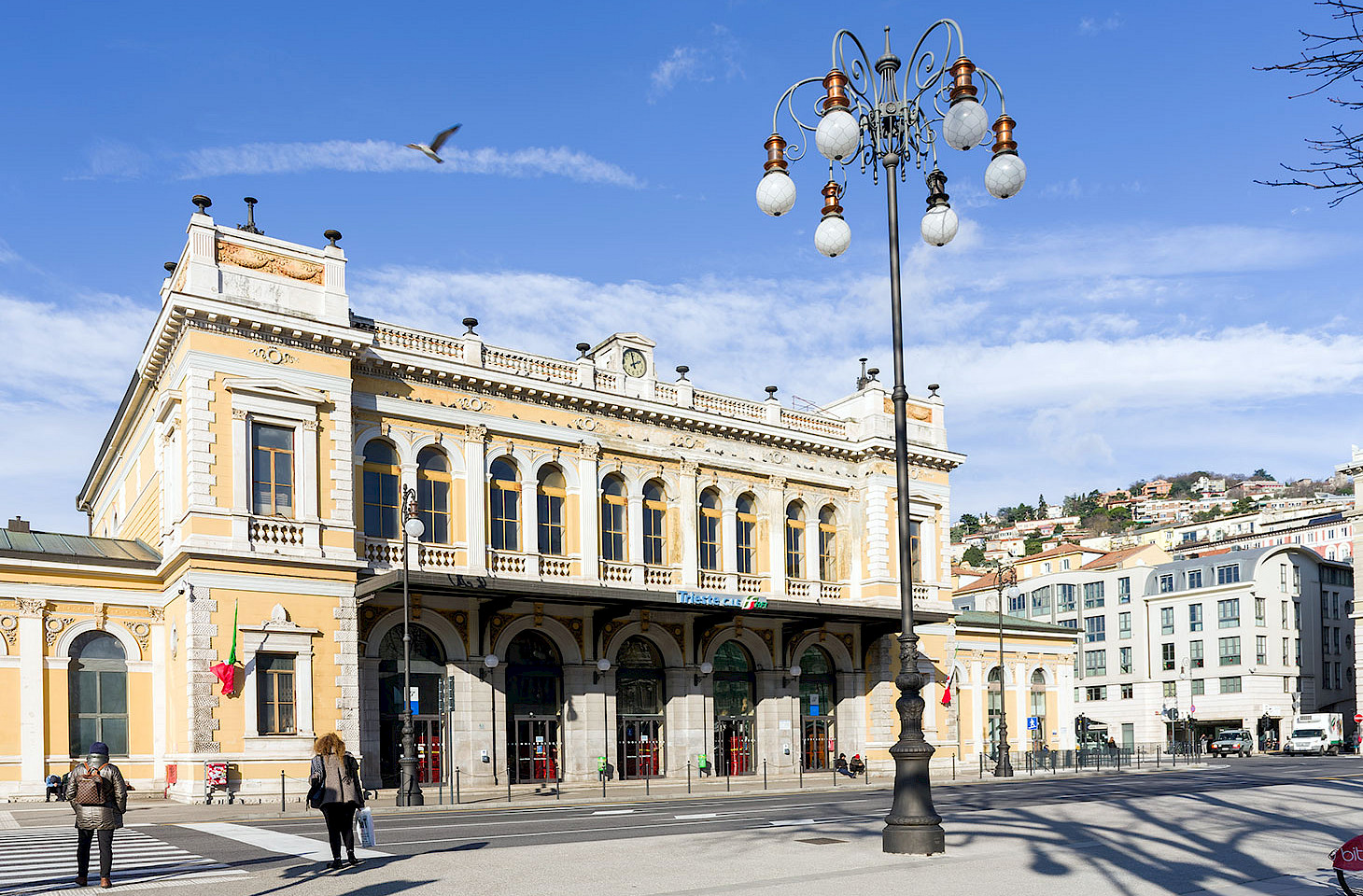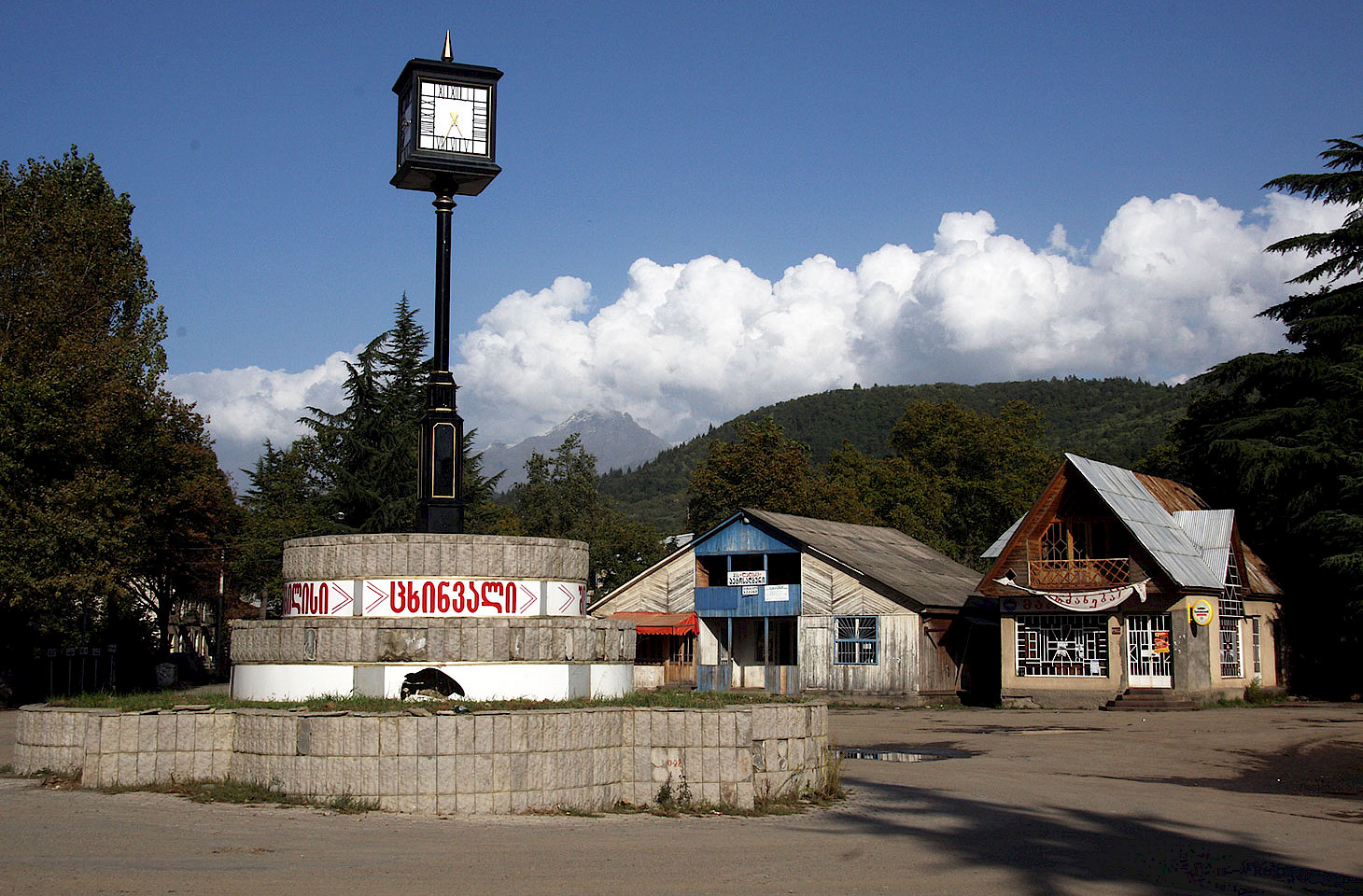Dear fellow travellers
If British buses had a golden age, it was in the years just prior to the First World War. Motorised buses were changing British streetscapes. New routes were being launched every week, and suddenly a ride on a bus was an option even for those of more modest means.
Many good ideas in the early days of London buses came from Paris. George Shillibeer introduced London's first bus route in 1829. He had worked in Paris, where he had seen the developing omnibus business. When Shillibeer launched his first London route (from Paddington to the City), he brought conductors over from Paris. This was not merely a matter of the French understanding the bus trade. Shillibeer was canny and knew very well that the affection of the British upper classes for all things French had been undimmed by the Napoleonic Wars. French conductors added a sense of refinement to his buses, and leisured ladies in the 1830s were said to ride Monsieur Shillibeer's omnibus merely for the opportunity to practice their French.
Before long Shillibeer had hundreds of competitors, and there were murmurs in Parliament that horse-drawn buses were choking the streets of the capital. There was no dominant operator. That came with the London General Omnibus Company (LGOC), which had been established in Paris in 1855 with the explicit aim of taking over the myriad small businesses which then competed for trade on London's evolving bus network. LGOC succeeded and went on in time to push for motorisation and cheaper fares. The last LGOC route on which horses were used was the short run from London Bridge to Moorgate. That route was motorised in 1911.
The transformation of London life was remarkable. At the end of the nineteenth century, there had been about 3700 horse buses operating in London. Within a dozen years, almost all had disappeared. The final outpost of the horse bus business in London was a route run by Thomas Tilling from Honor Oak to Peckham Rye, where the horses made their last run in August 1914. If the poor beasts anticipated a quiet retirement, they were out of luck. Tilling's last horses were immediately requisitioned by the army.
The motorisation of British buses was a major democratisation of transport. The countryside around London suddenly became more accessible to families. In summer 1912, LGOC offered its first regular route into the Home Counties, providing a Sunday service to Windsor Castle. LGOC played safe and timetabled just one bus an hour. Within a week or two, it was clear that this was hopelessly inadequate, so more buses were drafted onto the route to cope with the crowds. The route was soon operating on a daily basis. Other routes for excursionists quickly followed.
The new motorised buses made ripples through the labour movement - one wonders if the shift in motive power would have been quite so easy if horses had been members of a trade union. Suddenly there was an enormous demand for mechanics for, in the early days of motorised buses, every vehicle had to be checked and oiled several times a day.
Women no longer rode buses merely to practice their French. A few pioneers even started working in the bus trade. Thomas Barton was a mainstay of the bus business in the East Midlands and he encouraged his three daughters to join the family firm. Kate, Ruth and Edith did just that. In 1909, Kate Barton became Britain's first female bus conductor. Four years later, in summer 1913, she became the country's first woman to work as chauffeur of an omnibus. The centenary of this milestone in social progress surely deserves a little cheer.
Nicky Gardner and Susanne Kries
(editors, hidden europe magazine)
Nicky Gardner and Susanne Kries have been busy working on a book on bus travel in Britain. 'Bus-Pass Britain Rides Again' is published by Bradt Travel Guides in September.




